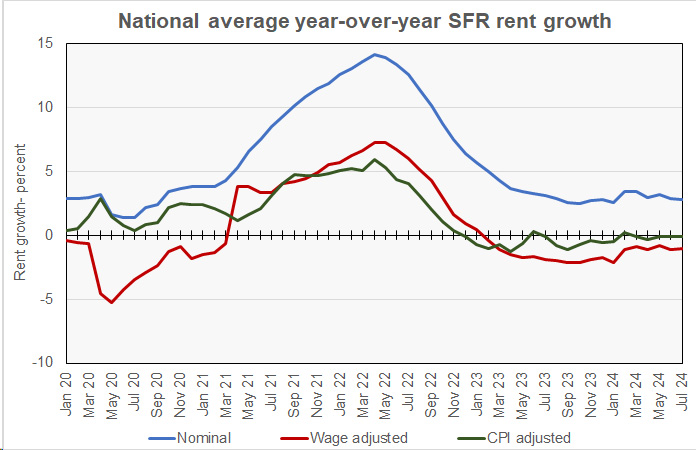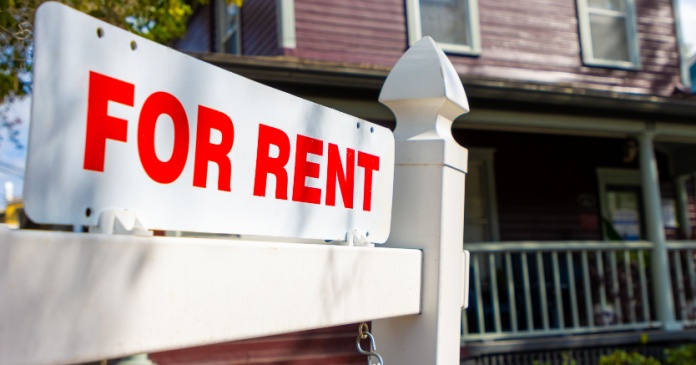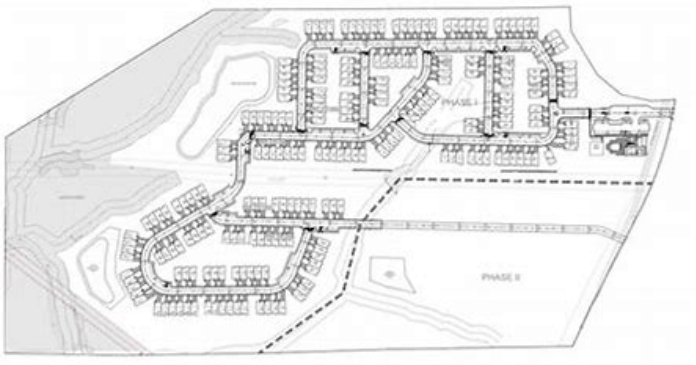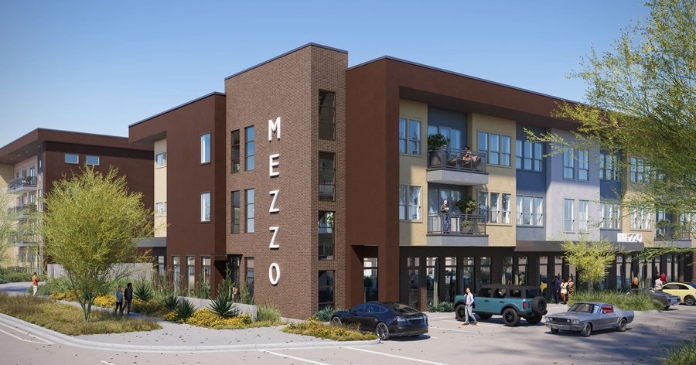CoreLogic reported that their single-family rent index (SFRI) for July rose 2.8 percent from its year-earlier level. This is down 0.1 percentage point from last month’s reported year-over-year SFR rent growth rate and is down from the 3.1 percent annual rent growth rate reported in July 2023.
Adjusted vs. nominal rates
The history of the overall SFRI growth rate since January 2020 is shown in the first chart, below. The chart shows both the nominal year-over-year single-family rent growth rate and also the wage-adjusted and CPI-adjusted rates. The wage-adjusted rate is the year-over-year nominal rate less the year-over-year rate of wage growth as measured by the seasonally-adjusted average hourly earnings of production and non-supervisory employees. The CPI-adjusted rate is the year-over-year nominal rate less the year-over-year rate of growth in the consumer price index (CPI-U).

The chart shows that the pandemic era surge in rents is long over. Rent growth is currently running at nearly the same rate as in January and February of 2020, immediately prior to the pandemic. However, inflation has generally been running hotter in 2024 than in 2019.
The chart also shows that average wage growth has outpaced rent growth since February 2023. However, the amount by which wage growth has recently exceeded rent growth does not come close to compensating for the cumulative amount by which rent growth exceeded wage growth in the April 2021 to January 2023 time frame. This has left renters more cost burdened than before.
For reference, Yardi Matrix found that single-family rent growth in July was 1.0 percent year-over-year as rents rose $5 for the month. However, Yardi Matrix focuses on properties of 50 or more units while CoreLogic takes a broader look at the single-family rental market, since small holdings represent a majority of the market.
Ranking the metros
CoreLogic reports the year-over-year rate of growth in the SFRI for a select group of metropolitan areas. Washington D.C. repeated as the rent growth leader this month with year-over-year rent growth of 6.3 percent. Chicago moved up from fifth place to second place with rent growth of 5.6 percent. Seattle occupied third place with rent growth of 5.4 percent. Boston and Detroit moved into the top five with rent growth rates of 5.2 percent and 5.0 percent respectively. St. Louis and New York fell out of the top five in this month’s report.
Once again, Austin and Phoenix both saw rents decline year-over-year in July. Austin saw rents fall by 1.1 percent year-over-year while Phoenix saw rents fall by 0.8 percent. Orlando (+0.7 percent), Dallas (+1.2 percent) and Miami (+1.3 percent) filled out the five metros with the lowest rent growth rates, just as they did the last two months.
CoreLogic is a data and analytics company. It calculates the SFRI using “a repeat pairing methodology to single-family rental listing data in the Multiple Listing Service.” The CoreLogic report is available here.













